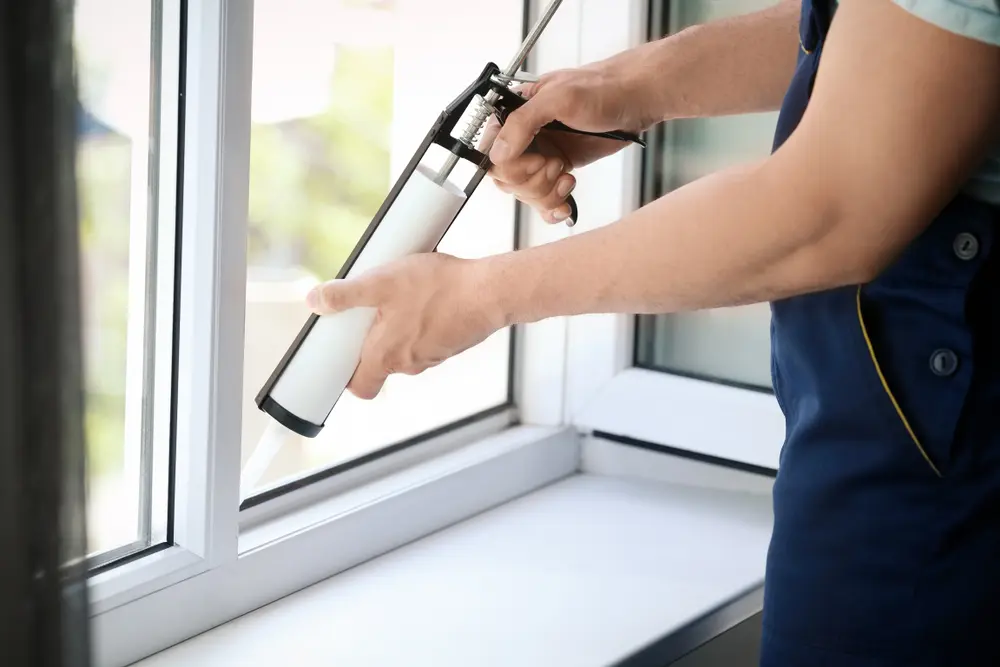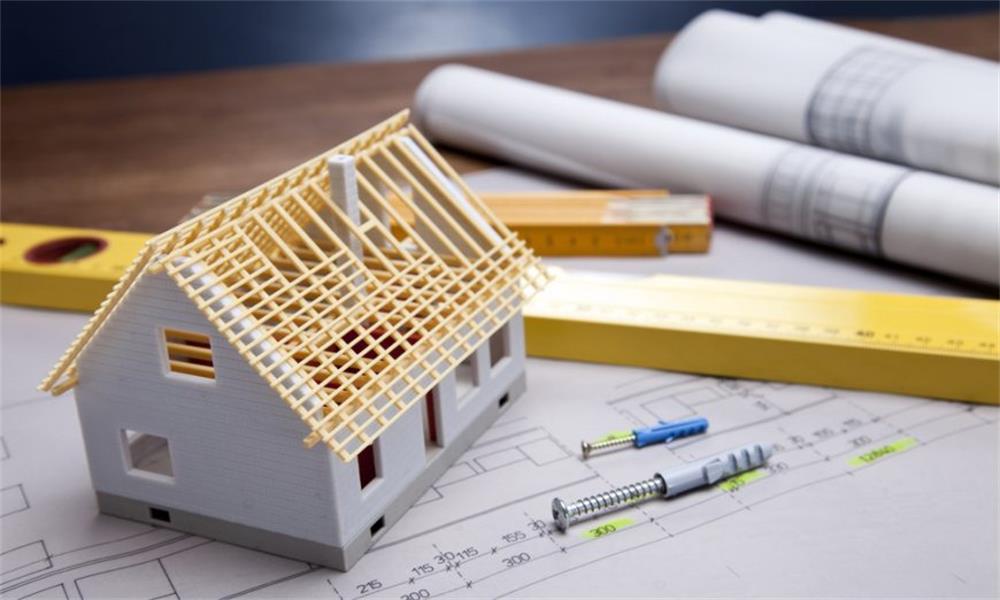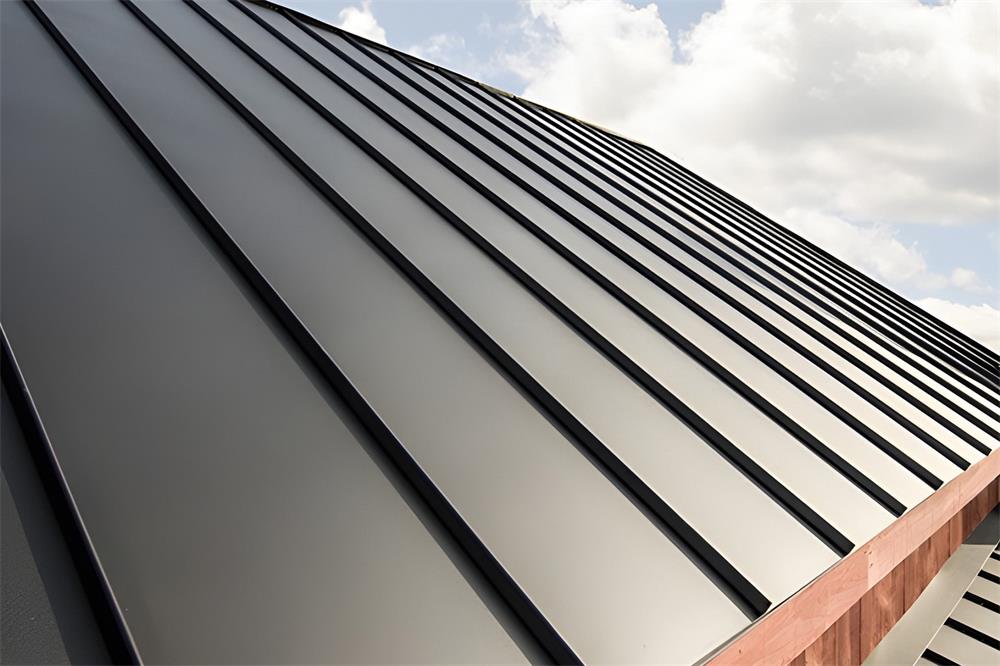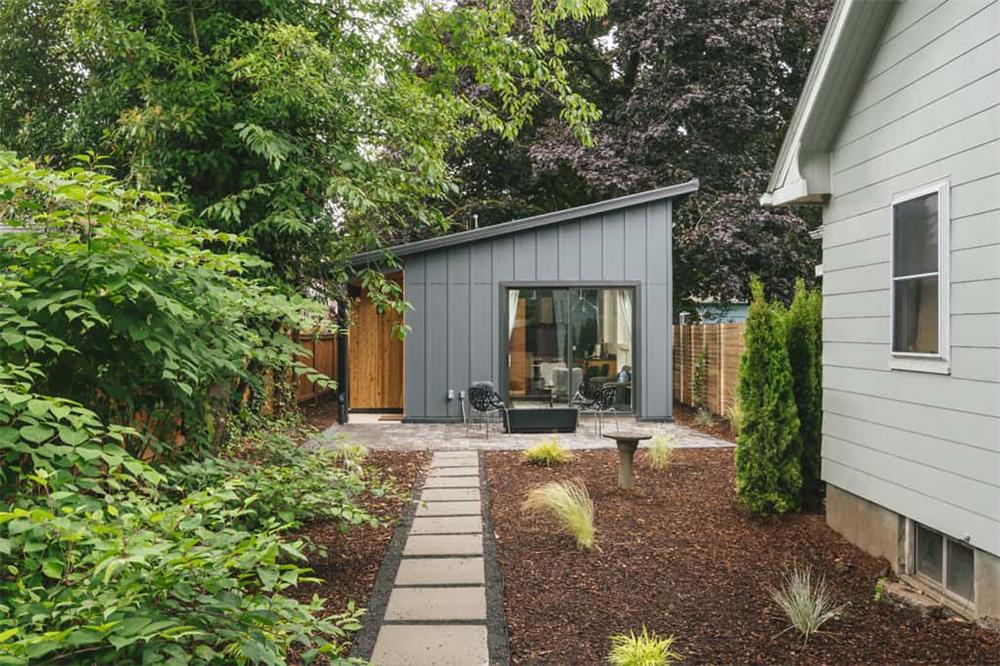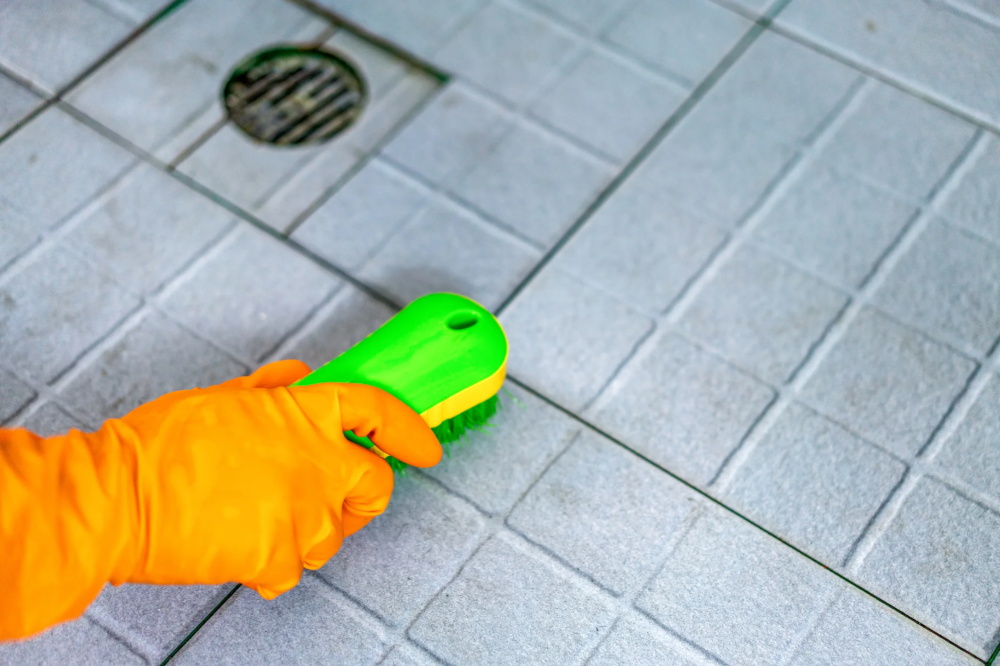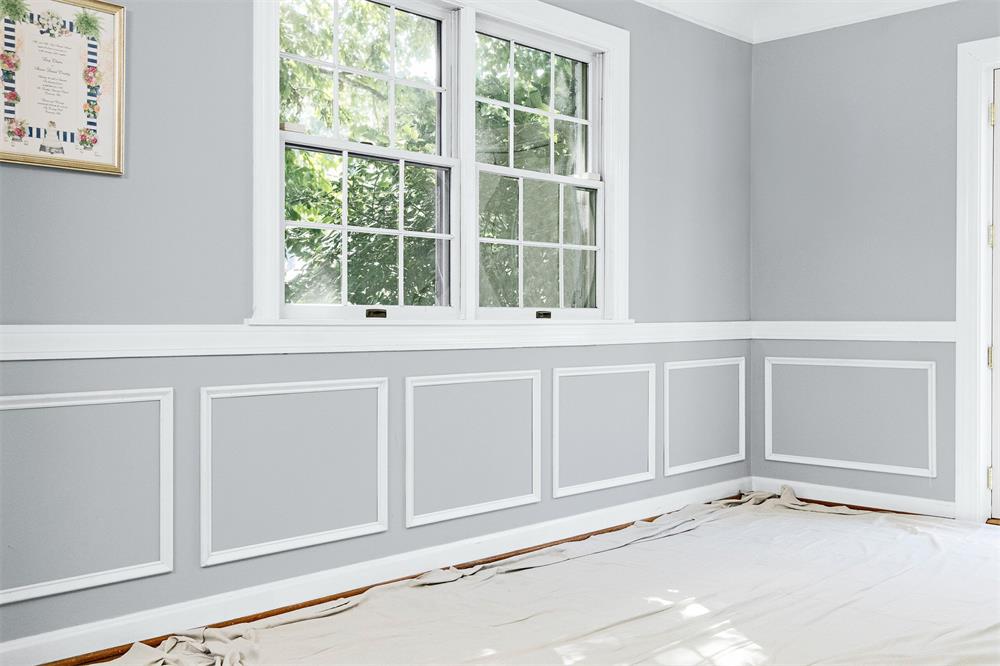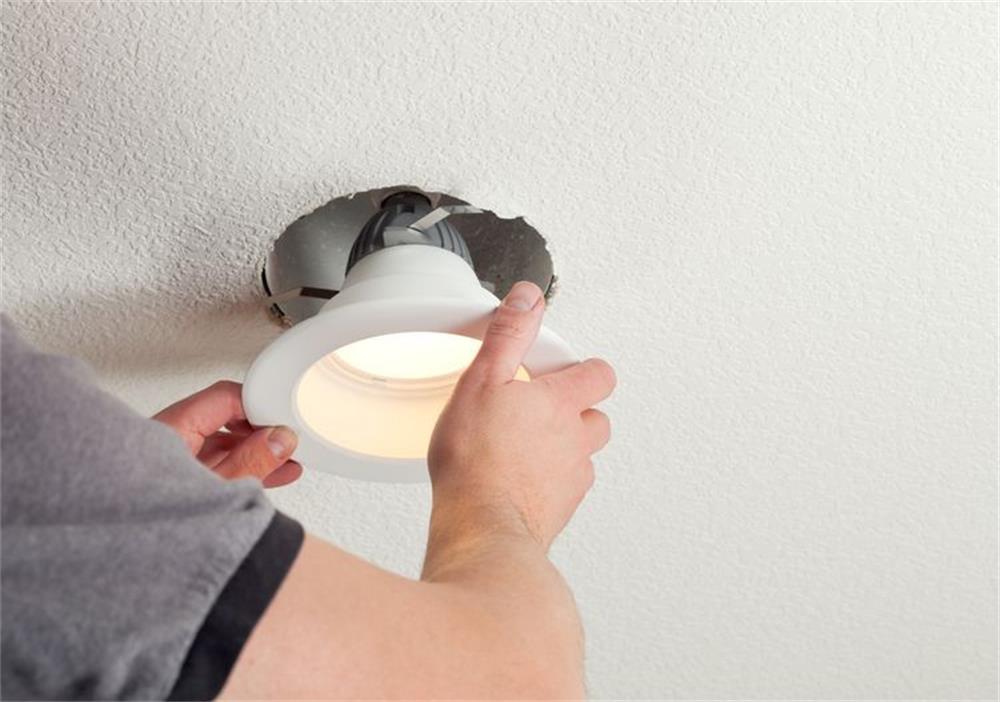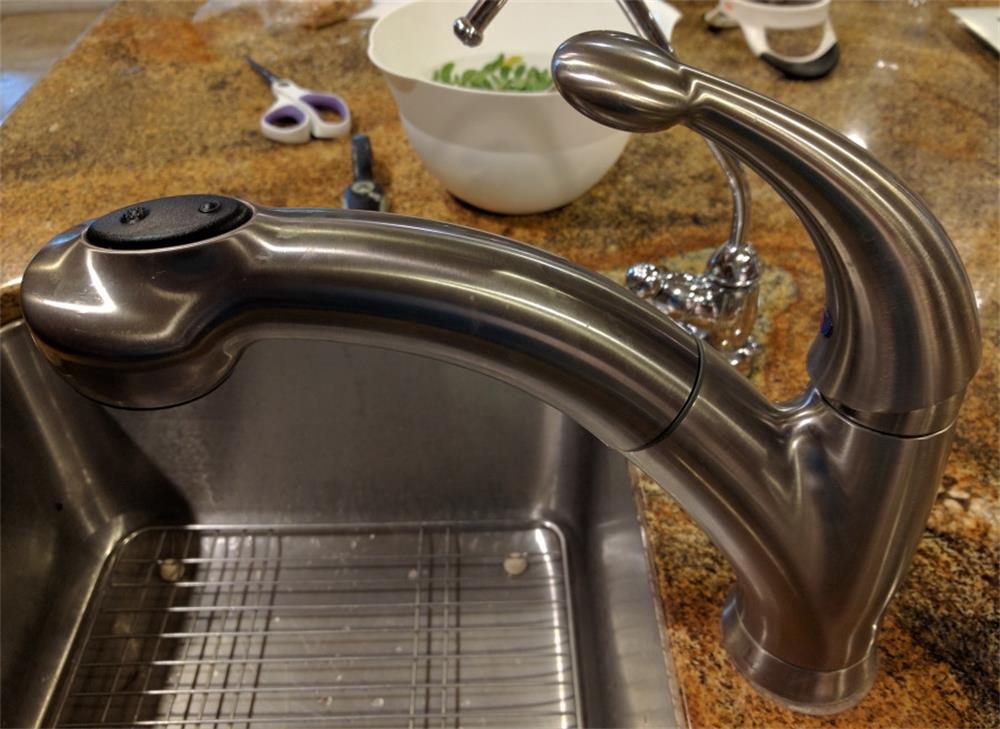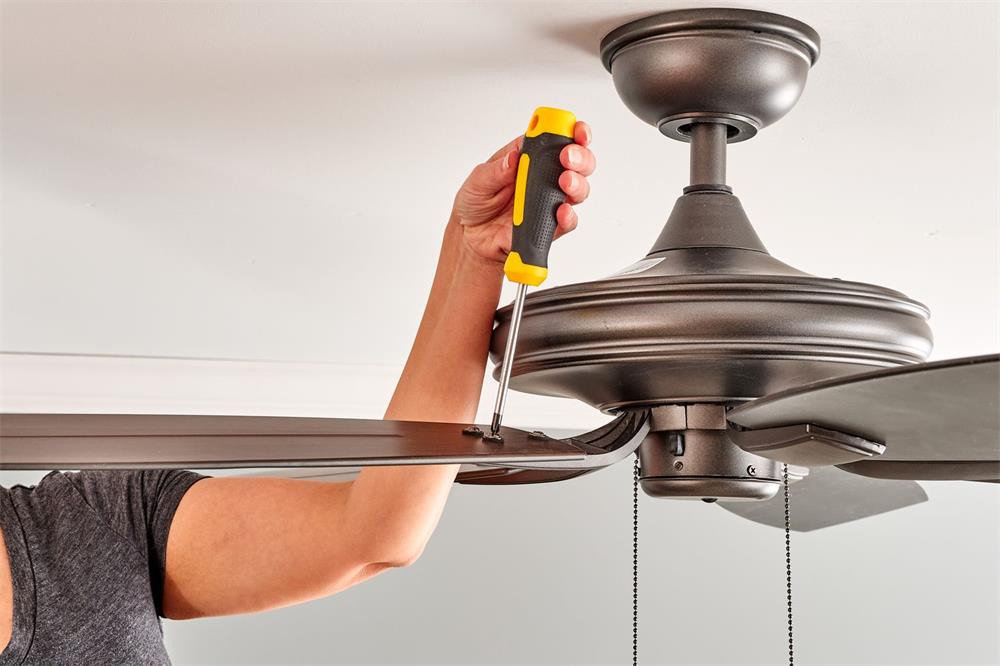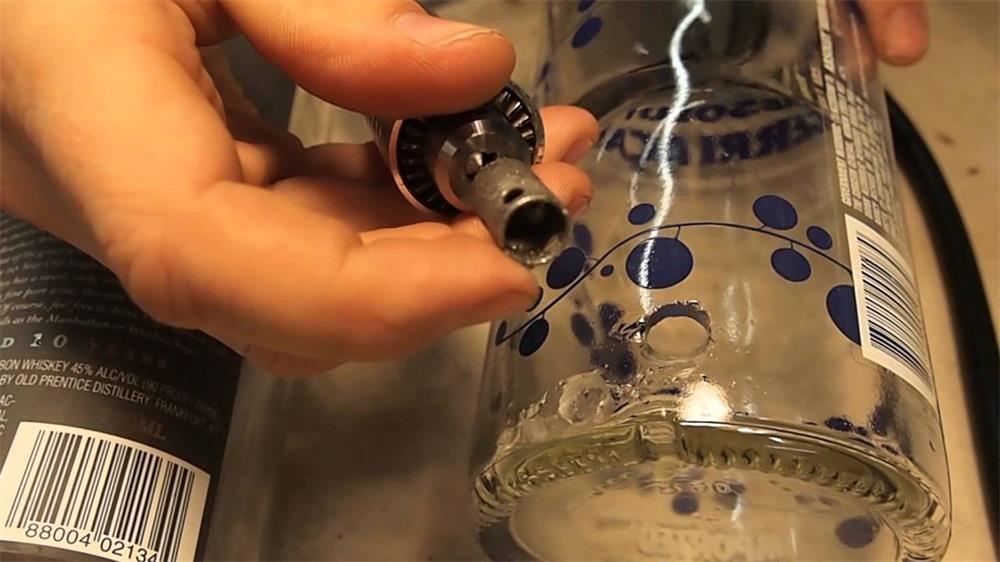Contents
If you have insulated windows with double or triple panes of glass, you may notice that they become foggy or cloudy over time. This is a sign that the window seal has failed and allowed moisture and air to enter the space between the glass layers. A broken window seal can reduce the energy efficiency, clarity, and sound insulation of your window. Here are some tips on how to handle this problem.
What Is an Insulated Window?
An insulated window, also known as an IGU (insulated glazing unit) or a thermal window, consists of two or three panes of glass separated by a spacer material and sealed together at the edges. The space between the glass panes is either a partial vacuum or filled with an inert gas, such as argon or krypton, to slow down the heat transfer through the window. Some insulated windows also have a low-E coating on the glass to reflect heat and UV rays.
Why Do Window Seals Fail?
Window seals can fail for various reasons, such as:
- Manufacturing defects or poor-quality materials
- Improper installation or handling of the window
- Exposure to extreme temperatures, humidity, or pressure changes
- Damage from heat guns, pressure washers, or other tools
- Aging and wear and tear over time
According to Vitro Architectural Glass (formerly PPG), one of the major glass manufacturers, even a well-made insulated window will lose some of its gas fill at a rate of about one percent per year. This rate can be much higher if the window seal is faulty or damaged.
How to Detect a Broken Window Seal
The most obvious symptom of a broken window seal is condensation or fogging between the glass panes that cannot be wiped off from either side. You may see water droplets in the corners or along the bottom edge of the window first. This indicates that moisture and air have entered the space between the glass layers and are condensing on the cooler surface.
Another way to check for a broken window seal is to look for distortions or changes in color on the glass. A broken seal can cause the glass panes to bow inward or outward due to pressure differences. This can affect the reflection and transmission of light through the window, making it look wavy, blurry, or tinted.
How to Fix a Broken Window Seal
Unfortunately, there is no easy or permanent way to fix a broken window seal. Some companies offer services to drill holes in the glass, remove the moisture, and reseal the window. However, this method does not restore the original gas fill or low-E coating of the window, and it may not prevent future seal failures.
The only sure way to fix a broken window seal is to replace the entire IGU with a new one. This can be done by either replacing the whole window frame and sash, or by replacing just the glass unit within the existing frame. The latter option is usually cheaper and less disruptive, but it may not be possible for some types of windows.
How to Prevent Window Seal Failure
While you cannot completely prevent window seal failure, you can take some steps to prolong the life of your insulated windows:
- Choose high-quality windows from reputable manufacturers and installers
- Avoid exposing your windows to extreme heat, cold, moisture, or pressure
- Clean your windows gently with mild soap and water, and avoid using harsh chemicals or abrasive tools
- Inspect your windows regularly for signs of damage or deterioration
- Replace any broken or cracked glass as soon as possible
A broken window seal can be a frustrating and costly problem for homeowners. By understanding what causes it and how to deal with it, you can make informed decisions about your windows and keep them in good shape for years to come.

